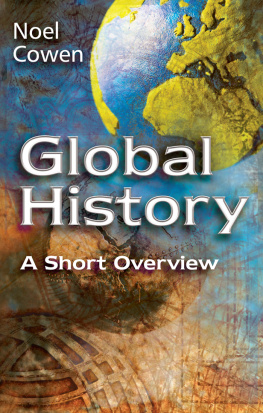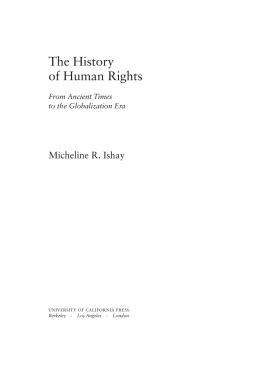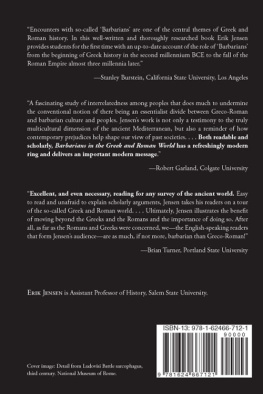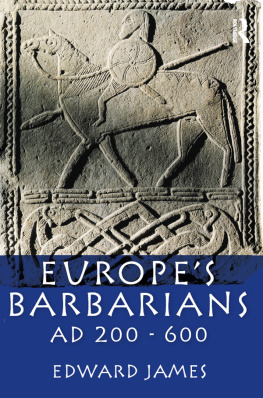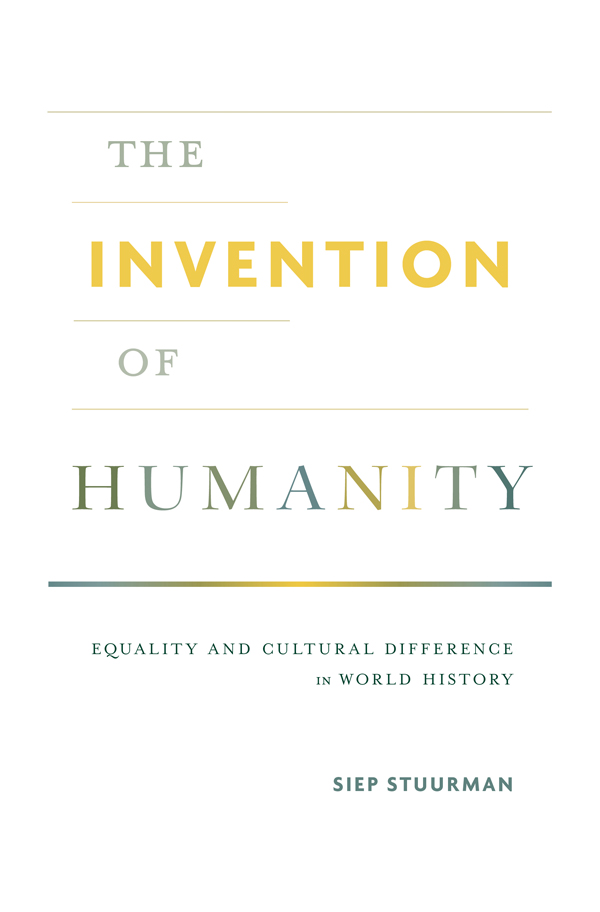978-0-674-97196-7 (alk. paper)
Names: Stuurman, Siep, author.
Title: The invention of humanity: equality and cultural difference in world history / Siep Stuurman.
Description: Cambridge, Massachusetts: Harvard University Press, 2017. | Includes bibliographical references and index.
Subjects: LCSH: Equality--Cross-cultural studies. | Human beings--Cross-cultural studies. | Cross-cultural studies.
COMMON HUMANITY and equality are not primeval facts that patiently await discovery. We should rather conceive of them as inventions of novel and potentially disruptive ways of looking at human relationships. That all the people in the world constitute a single community is not an empirical fact. What it means is that people can be represented as members of the meta-community of an imagined humanity. That is not to say, however, that common humanity and equality are no more than illusory fictions or impotent shrieks in the dark. When a sufficient number of people believe that all people are fellow humans, or even equals, those beliefs become social facts on a par with other social facts, as much a part of society as political power, material wealth, and the force of arms. Whenever a sufficient number of people embrace universal ideas of common humanity, the limits of the thinkable are extended and new courses of action appear on the horizon.
How and in what historical circumstances did cross-cultural humanity become thinkable? How could it happen that people came to see foreigners as fellow human beings or even as equals? How did they surmount the deeply ingrained ethnocentrism that was omnipresent at the dawn of human history? How did they arrive at the daring vision that all human beings on earth are basically alike and should be considered members of the overarching meta-community that was eventually denoted by the term humanity? This book seeks to answer these questions by means of an inquiry into the history of ideas. It will trace concepts, languages, and discourses of common humanity, equality, and cultural difference.
Today, in the early decades of the third millennium, the equal standing of all human beings living on the planet earth may appear self-evident. The Universal Declaration of Human Rights has been called the secular bible of our time. Diodorus was right: the shared reflection on the human condition made possible by the art of writing emerged in societies where distinctions between ruler and subject, man and woman, master and slave, lord and commoner, and finally between native and foreigner, were ingrained in social routines and moral standards. Inequality had prevailed since time immemorial andmost people expectedit would continue to reign supreme in the future. Even so, not all kinds of inequality were equally self-evident. The emergence of political thought in ancient times is an indication that traditional justifications of inequality no longer sufficed. That explains why so much of early social and political thought consisted of justifications for inequality. Powerful discourses of inequality defined peoples station in life and instructed them to speak and behave accordingly. What is truly remarkable, viewed against this background, is the emergence of notions of common humanity and equality.
Consequently, a history of thinking about common humanity and equality has to start from the unquestionable fact that these ideas do not refer to self-evident realities. The historian has to bracket the present-day majesty of the idea of equality. In our age equality has become the default setting of political thought, and inequality is only acceptable to the extent that it is justified by good reasons. During the greater part of history it was the other way around. Inequality was the habitual and reasonable standard, while equality stood in need of justification, if it was considered at all. Inequality was omnipresent, palpable, and realistic, while equality had to be imagined, argued for, conjured up from nowhere. In short, equality had to be invented.
Looking at history after the Neolithic revolution, when the invention of agriculture led to population growth and a steady search for new land, the image of a humanity carved up in neatly separated homogeneous civilizations and cultures has always been deeply misleading. Migration and cultural blending are as old as history, as are warfare and the enslavement of foreigners. From earliest times, people have crossed boundaries and frontiers. Travelers had to come to terms with the unfamiliar customs and ideas of other people. People beyond the frontier could be regarded as uncouth barbarians, vile enemies, or even as barely human, but it was also thinkable to see them as fellow humans with whom it would be possible to communicate, trade, and collaborate. The experience of travel has always affected the self-image of travelers. Returning home, they may well see previously self-evident customs and ideas in a different light. Traveling is an ambivalent experience. Conditioned by memories and social routines, travelers can never fully leave their homeland. But their experiences of the customs, languages, and ideas beyond the frontier transform them into persons who cannot really return there either. The same is true of curious savants, who learn languages not their own in order to study the writings of foreigners. The experience of travel, whether physical or in the realm of the mind, destabilizes the deep truth of home.
In most cases, the polarity between the foreigner as an equal and the foreigner as hostile, incomprehensible, and barely human is not a matter of all or nothing. Most thinking about others in history is played out on the continuum between the two extremes. This book focuses on common humanity and bridging frontiers, but that does not, of course, imply that the conflictual side of frontier encounters is of no importance. To neglect it would be impossible anyway, since notions of common humanity only acquire their significance and meaning in relation to discourses of otherness and inequality.
Even so, a history of the common humanity side of the continuum is badly needed. In the wake of Edward Saids seminal Orientalism most research has privileged the inequality pole. Over the past decades, the intellectual history of frontier experiences has been dominated by a perspective that is conveniently summarized by the neologism Othering. The foreigner, countless books and articles have sought to demonstrate, has mostly been represented as savage, barbarian, irrational, inscrutable, uncivilized, irreligious, heathen, idolatrous, nonwhite, colored, primitive, backward, traditional, premodernand the list goes on. The bulk of such research has demonstrated how throughout its history Europe, and more recently the West, constructed its self-images in an interminable sequence of oppositions to its Others. Meanwhile, this approach has also spread to the study of Chinese views of their barbarians, Indian xenology, and Arabic discourses on savages and barbarians. This line of research in intellectual history has been extremely fruitful. Nonetheless, this book proposes to reverse the perspective. Consequently, I shall study frontier texts as sites where common humanity and equal dignity become thinkable. That is less paradoxical than it may seem. Frontiers are frequently associated with hostility and xenophobia, but they equally are a precondition for any open-minded or sympathetic engagement with the foreign. When frontiers are not traversed at all, the foreigner can only be a figment of the imagination, like Homers Cyclopes.


